 Work process improvement is generally understood by most people to be improvement of a sales process, an order fulfillment process, a manufacturing process, etc. Most of us however, are only vaguely aware of our own personal work process. When you stop to think about it, our individual work process can be – and usually is – the weakest link in the entire system.
Work process improvement is generally understood by most people to be improvement of a sales process, an order fulfillment process, a manufacturing process, etc. Most of us however, are only vaguely aware of our own personal work process. When you stop to think about it, our individual work process can be – and usually is – the weakest link in the entire system.
Do you remember your mother saying, “If you can’t take care of yourself, how can you expect to take care of others?” This advice also applies to improving work processes you are an integral part of.
If you can improve your individual work process, you have a greater chance of improving the overall process of your group, department, company, or whatever productive effort you are a part of.
A Personal Quality Checklist
Bench-marking – the comparison of what you do with the best in class – is a critical tool for improving quality. Bench-marking can reveal how well you’re doing and where you may need to improve. A personal quality checklist is one way to benchmark yourself. It will allow you to keep track of desirable job performance traits, and failures or defects to achieve best-in-class performance.
“If you can’t take care of yourself, how can you expect to take care of others?”
Inspiration or Desperation?
My foray into personal quality checklists was an act of desperation. With never enough time to do everything I was supposed to do, I was desperately looking for ways to improve my own personal productivity. I wasn’t returning phone calls or answering my e-mail as promptly as I thought I should. My desk was always cluttered (it still is, but I’m working on it!).
My MBA Professor at The University of Chicago, Harry Roberts, introduced me to the personal quality checklist. The simplicity of the checklist often creates skepticism about its usefulness, but I can attest that the only way to convince you that it works is to try it yourself!
You’ll be surprised at the general improvement in your ability to cope with your daily work. Your challenge is to keeping these improvements going until they become part of your daily routine.
How Do You Begin?
The difficult part is developing a checklist of areas where you need to improve your performance. Once you have the checklist, the actual recording of data is quite easy; you simply write a check mark in the checklist grid when you notice a defect.
What do you do in a typical workday? I know nothing is typical anymore, but try to evaluate what it is you do to get your work done. To do my job I use meetings, phone calls, correspondence (E-mail and traditional), and networking (social and traditional) with others.
After a self-evaluation you can begin to develop your own personal checklist of the job performance attributes you would like to measure and subsequently improve.
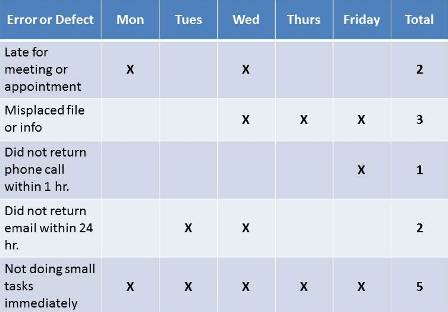 A sample checklist is shown here. Be sure to mark down all of your defects and errors, even if you were extremely close to avoiding a defect. Maybe you were late for a meeting by only a few minutes. You were still late and should record the defect.
A sample checklist is shown here. Be sure to mark down all of your defects and errors, even if you were extremely close to avoiding a defect. Maybe you were late for a meeting by only a few minutes. You were still late and should record the defect.
Just knowing that you are tracking your key performance measures will have a positive affect on your behavior and performance. After several weeks of recording and measuring defects, you’ll have a pretty good idea which areas need improvement.
Continuous Improvement
Feel free to change, add or delete as you gain experience and are comfortable with your progress. Remember, like everything else in the quality improvement journey, the personal quality checklist should be subject to continuous improvement.
I am considering including what may be called value-added activity items to my list. For example, “communicate at least one a day with everyone who I am currently working on projects with,” and “brief clients face to face weekly.”
I don’t use the personal quality checklist all of the time, only when I feel the need to modify certain behaviors do I bring it out.
Try it yourself and see if the personal quality checklist can begin to improve the weakest link in the process chain!
 About the Author:
About the Author:
Gabriel Najera is the president & founder of the Najera Consulting Group. Gabriel is a frequent speaker to organizations. And, is a highly sought after advisor to corporate and nonprofit executives looking to develop a strategic thinking mindset.
Gabriel is the author of the forthcoming book, Lessons From the Field: From Farmworker to Fortune 500 Consultant. Gabriel is available to speak to your organization. To inquire about scheduling Gabriel for an upcoming speaking engagement or to inquire about our consulting services, please click on this link.
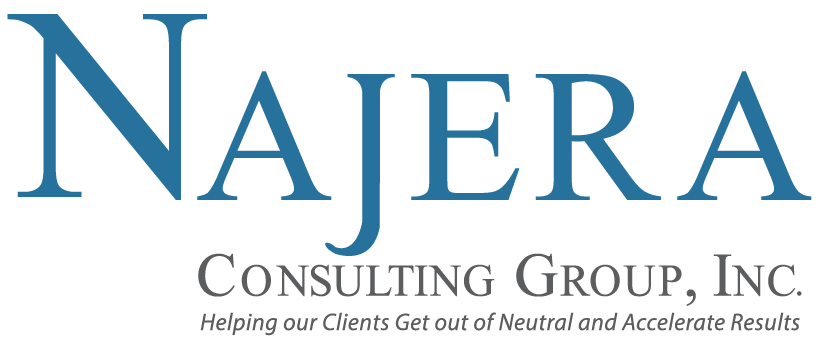
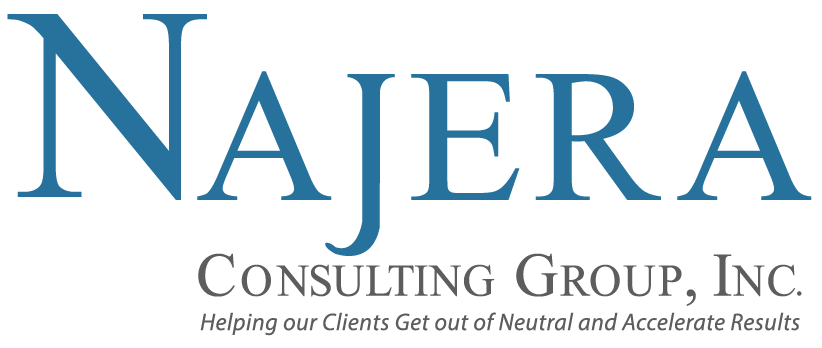

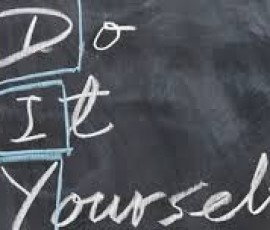


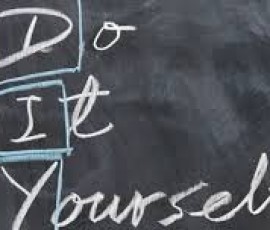





I definitely think that everyone can use a checklist like the one above, but I do think that value added items should be involved, either on the same list or perhaps with an entire new list centered around those specific types of improvement. I think that writing down all your defects to find personal improvement is smart because you never notice what you are doing wrong until it’s put in front of you. But I do think that the value added should be done along with it because some people get down on themselves and don’t find motivation in seeing their defects (although a lot of people do). Use the value added as a net that can uplift you and it will also illustrate what aspects of your life is important (connecting with an old friend, making that crucial work call, or answering e-mails).
Continuous improvement is a must, especially in the work field so using tools like this is a great way to illustrate whether you are improving or not. I don’t think that they would work for every single person, but I think they can be tweaked enough that everyone could find use out of them. I think we should be doing the value added regardless of whether it has work in mind or not as this type of chart model can actually make you more productive.